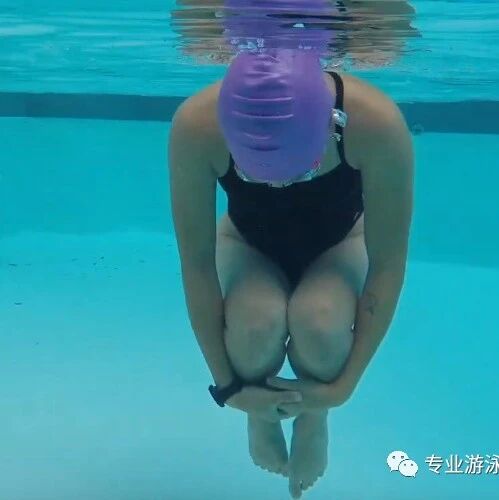Swimming effortlessly, efficiently, and still want to swim faster? Smooth and stable swimming power is the key.
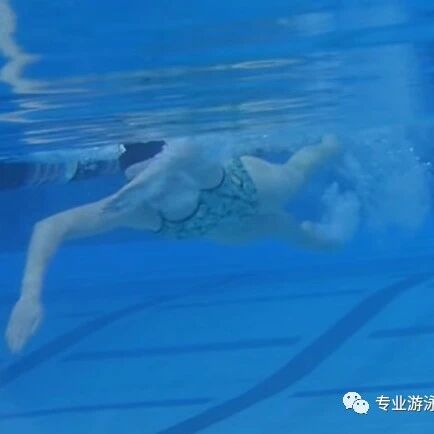
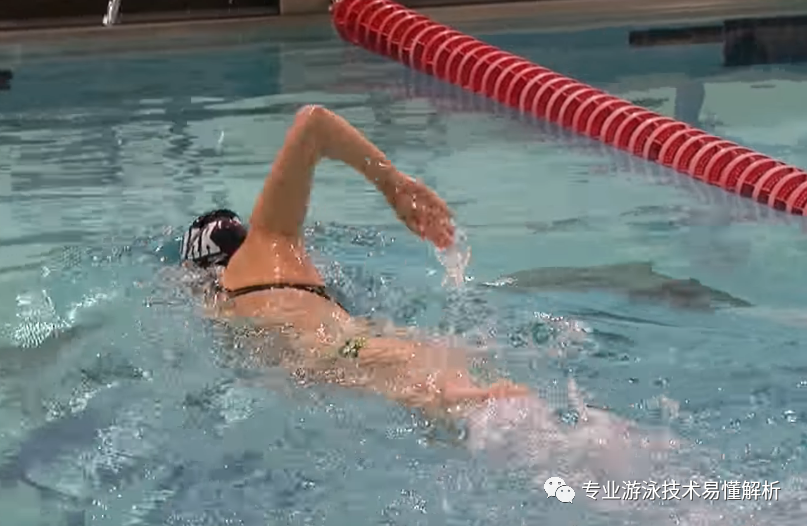
1. Smooth and Continuous Power Output During Swimming
Take breaststroke as an example: the frog kick generates incredibly powerful propulsion, yet when the legs retract during the recovery phase, that forward momentum almost entirely disappears. This inherent limitation is why breaststroke remains the slowest swimming stroke overall. In contrast, butterfly combines both powerful arm strokes and vigorous leg kicks, effectively addressing the issue of intermittent propulsion and significantly boosting speed compared to breaststroke. However, from the perspective of movement continuity, short-axis strokes like butterfly simply can’t match the fluidity and efficiency of long-axis strokes such as backstroke or freestyle.
To put it roughly: short-axis strokes are akin to jumping on land, while long-axis strokes resemble natural movements like walking or running. No matter how explosively or how far someone jumps, they’ll always lag behind the smooth, sustained pace achieved by more conventional locomotion—like walking or jogging.
Throughout history, swimmers have tirelessly searched for a stroke faster than freestyle, once pinning their hopes on butterfly. After all, butterfly delivers a formidable combination of powerful arm pulls and dynamic leg kicks, generating twice the propulsion of freestyle at any given moment. Its powerful dolphin-like kick also produces nearly as much forward force as the iconic breaststroke kick—far surpassing the modest output of a typical freestyle leg kick. Yet, even with its explosive power, butterfly still falls short of the sustained, effortless speed associated with slower, more efficient strokes like backstroke or freestyle.
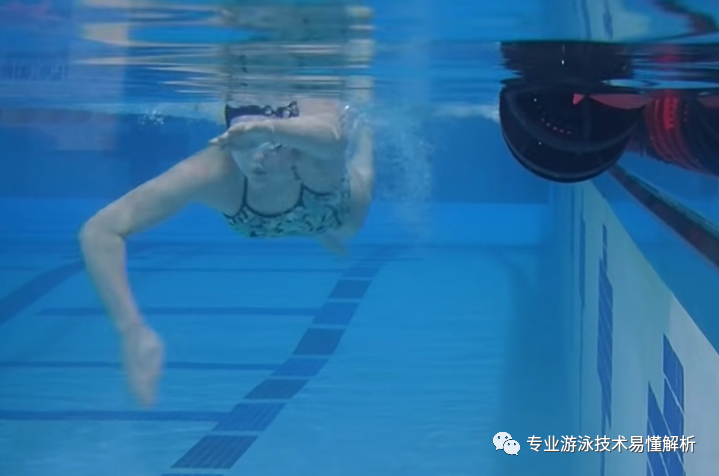
2. Smooth and Continuous Power Output During Freestyle Swimming
When first learning freestyle, it’s recommended to use either the front-crawl or front-mid-crawl stroke rhythm. Once you become comfortable with the arm and leg movements of freestyle, remember that in both the front-crawl and front-mid-crawl styles, one arm should always remain extended forward. Only as the recovery phase of the other arm nears completion—just before the leading arm begins its catch or pull—should the forward-extending arm initiate its own entry into the water.
This approach results in both arms spending significant time out of the propulsive phase, which can momentarily interrupt the continuous flow of power and ultimately slow down your pace. That’s why, once you’ve mastered breathing techniques, it’s best to transition quickly to the mid-crawl stroke rhythm. This ensures that at least one arm is consistently engaged in the powerful push phase throughout the stroke cycle.
By maintaining this steady, uninterrupted force generation, you not only capitalize on the momentum built from the previous stroke but also set up optimal conditions for the next one. In essence, this technique creates a far more dynamic and efficient glide compared to simply letting your arms float forward or relying on the brief pause after the frog kick. Instead, it leverages the very foundation of your swimming power—much like how you’d swing higher on a swing by timing your push just right during the downward motion, or how pedaling a bike becomes effortless and accelerates smoothly when you time your foot placement precisely at the most powerful point of each stroke.
That excessively slow swimming stroke rhythm is harmful—swimming with it over the long term can lull you into a false sense of effortless progress. Just as tiptoeing wears you out much more than walking normally, deliberately slowing down your strokes will only hinder your ability to achieve the speed improvements you truly deserve. It’s all too common to see swimmers making sluggish arm movements; yet when arms move slowly, it becomes nearly impossible to maintain true relaxation. In fact, lifting and lowering your arms with deliberate care often ends up being far more exhausting than performing the motion at a natural, balanced pace.
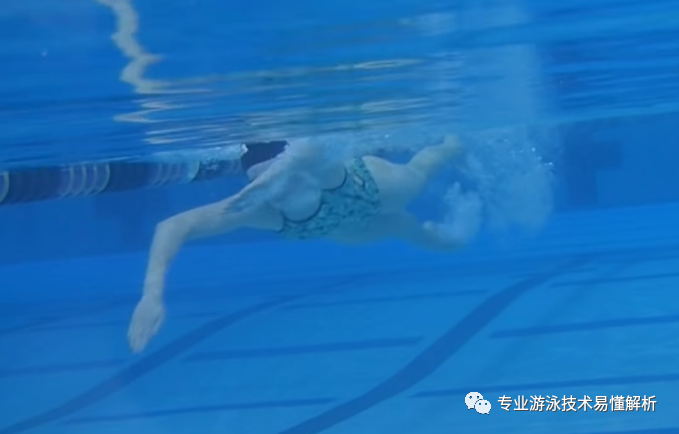
3. Filling the gap where propulsion power diminishes
In freestyle swimming, while arm strokes provide the primary propulsive force, mastering efficient leg kicks is equally crucial for swimmers who have perfected their technique. When the arms aren’t actively pushing through the water, the leg kicks become essential for maintaining and even enhancing swimming speed. The propulsion generated by the legs seamlessly fills the gap in forward momentum, acting as a reliable backup until the arms resume their powerful strokes. This continuous, smooth interplay between arm and leg movements not only sustains but also optimizes swimming speed, allowing for a more fluid and efficient glide through the water.
After swimming continuously for a certain period, limited by your physical stamina and body condition, both your arms and legs will enter a fatigue phase—when it feels like your propulsion is nearly exhausted. At this point, remember to leverage the natural force of gravity to maintain your forward momentum. Pay attention to how smoothly rotating your body during freestyle, engaging your hips to generate power, can help sustain your swimming rhythm and keep your pace steady.
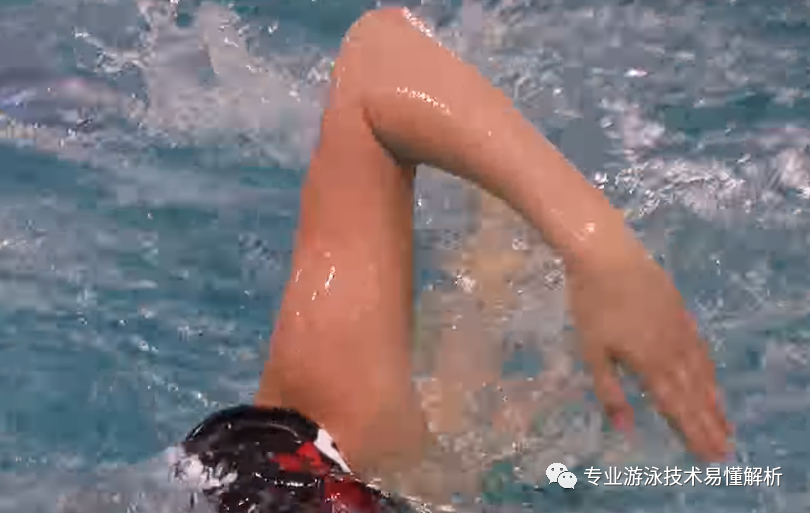
One WeChat official account shares swimming tips, while another focuses on software insights, online resources, and reading experiences.
Thank you for your supportive and encouraging likes—especially appreciated are the comments that spark conversation, as well as more shares to spread the word!


Related Articles
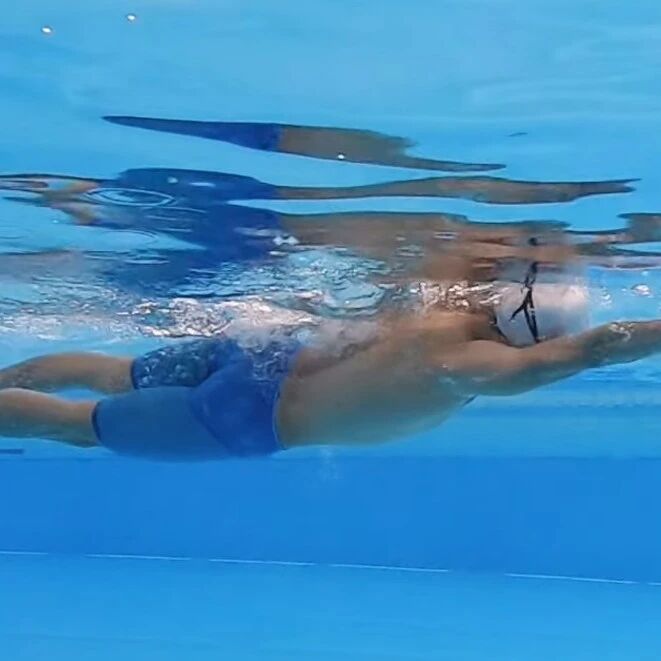
Understand the full-immersion swimming concept and enjoy leisurely, stroll-like swimming.
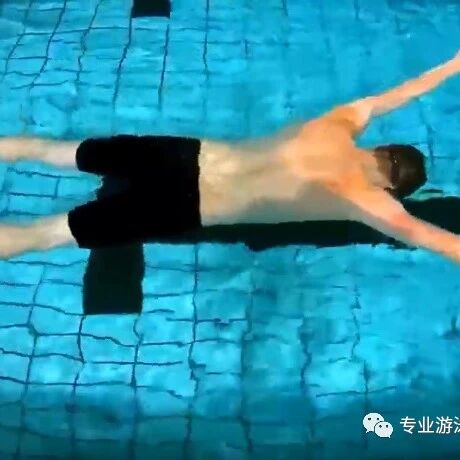
The first hurdle for beginners in swimming: Why do you sink as soon as you enter the water, and how can you learn to float?
